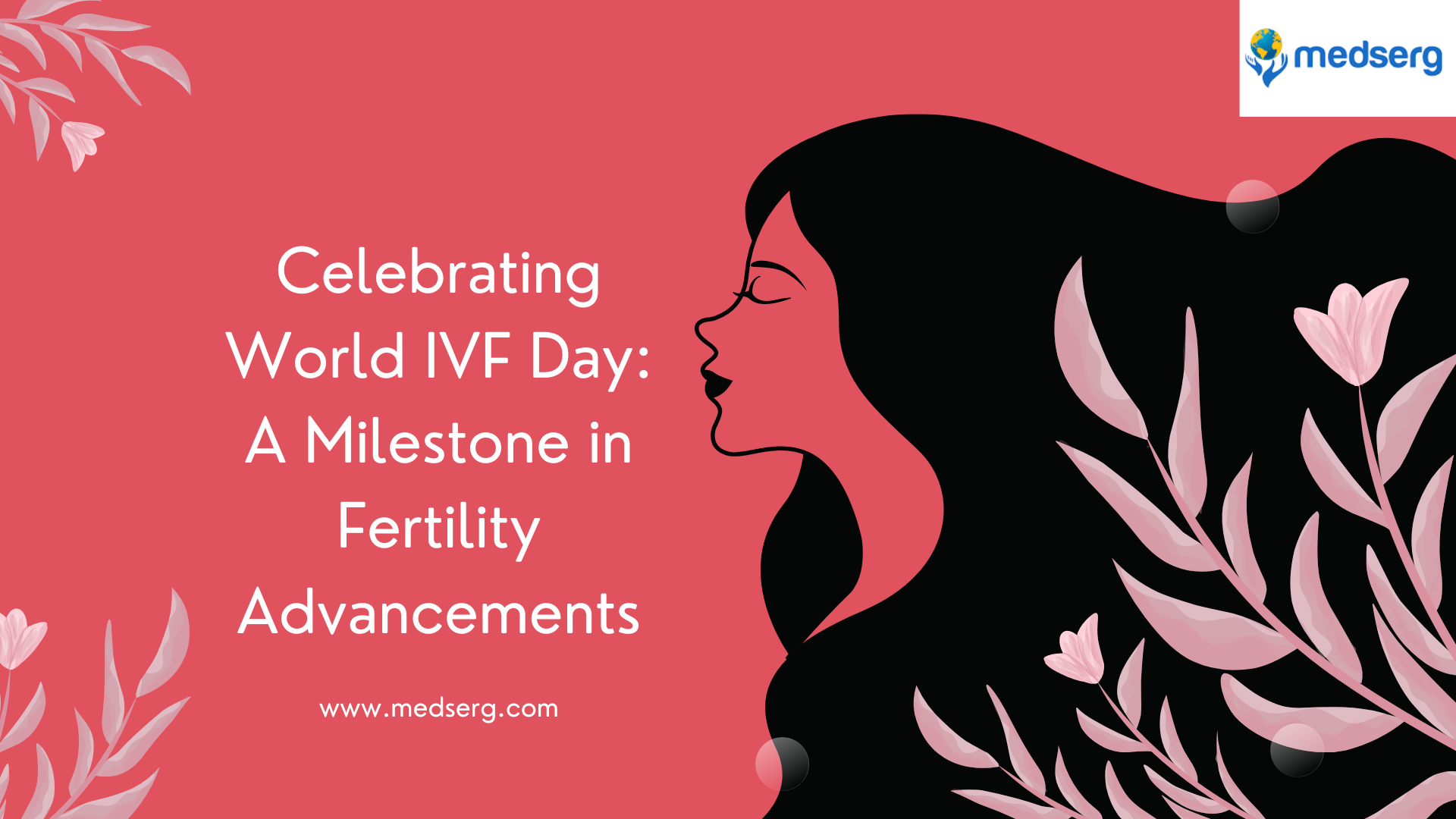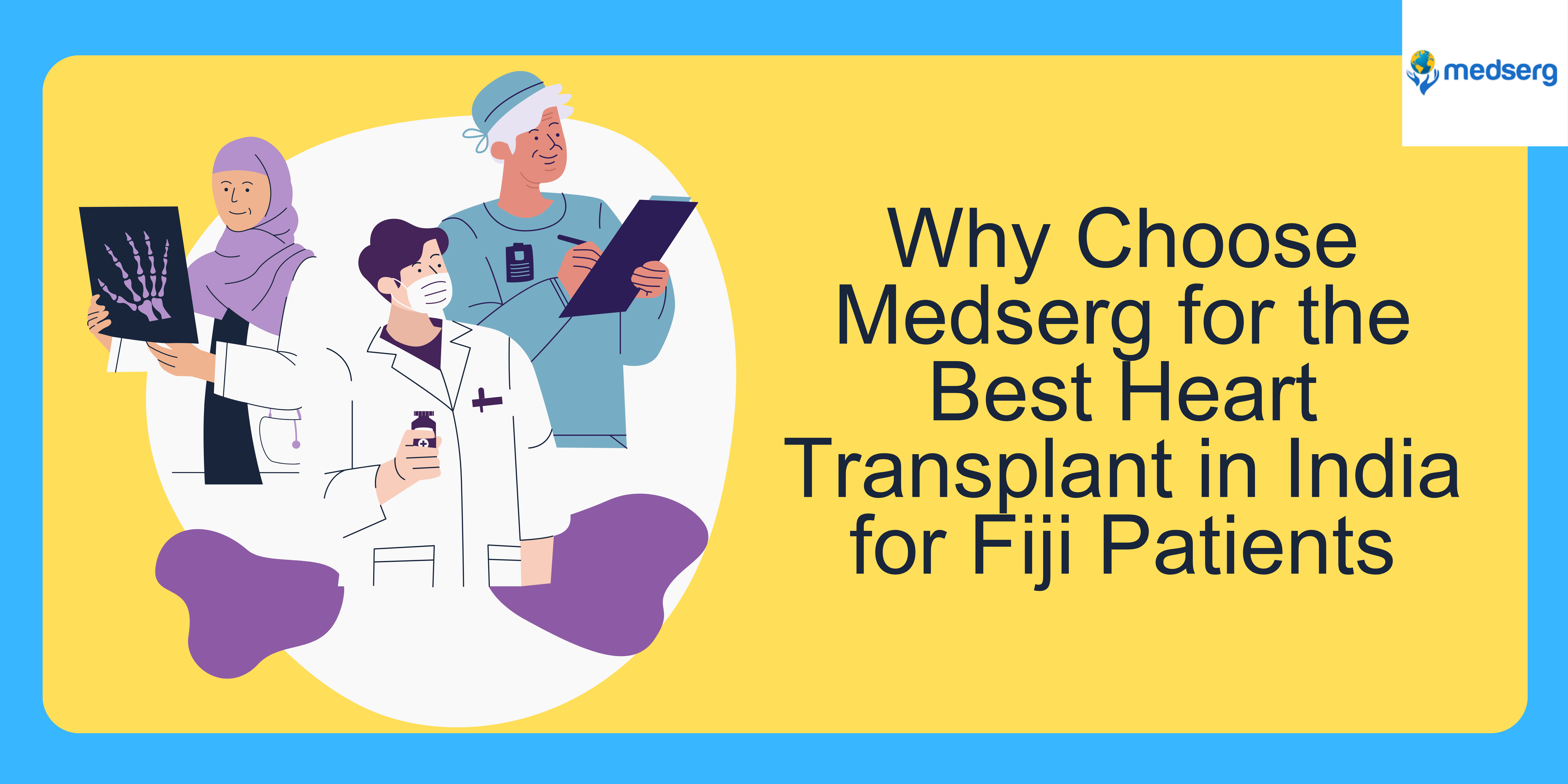Breast cancer is cancer that develops in breast cells. It can begin in different parts of the breast. A breast is made up of three main parts: lobules, ducts, and connective tissue. The lobules are the glands that produce milk. The ducts are tubes that carry milk to the nipple. The connective tissue (which consists of fibrous and fatty tissue) surrounds and holds everything together. Most breast cancers begin in the ducts or lobules. Cancer can also occur in the fatty tissue or the fibrous connective tissue.
The uncontrolled cancer cells often invade other healthy breast tissue and can travel to the lymph nodes under the arms. The lymph nodes are a primary pathway that helps the cancer cells move to other parts of the body. When it happens, it is said to have metastasized.
Breast cancer symptoms
In its early stages, it may not cause any symptoms. In many cases, a tumor may be too small to be felt, but an abnormality can still be seen on a mammogram. If a tumor can be felt, the first sign is usually a new lump in the breast that was not there before. However, not all lumps are cancerous.
Symptoms for the most common breast cancers include:
- a breast lump or tissue thickening
- breast pain
- red, pitted skin over the breast
- swelling in all or part of the breast
- abnormal nipple discharge
- bloody discharge from the nipple
- peeling, scaling, or flaking of skin on nipple or breast
- a sudden, unexplained change in the shape or size of your breast
- inverted nipple
- changes to the appearance of the skin on breasts
- a lump or swelling under your arm
If you have any of these symptoms, it doesn’t necessarily mean you have breast cancer. For instance, pain in your breast or a breast lump can be caused by a benign cyst. Still, if you find a lump in your breast or have other symptoms, you should consult a doctor for further examination and testing.
Risk factors
There are several risk factors that increase your chances of getting breast cancer. However, having any of these doesn’t mean you will definitely develop the disease.
Risk factors include:
- Age. Your risk for developing breast cancer increases as you age. Most invasive breast cancers are found in women over age 55.
- Drinking alcohol. Drinking excessive amounts of alcohol raises your risk.
- Having dense breast tissue. Dense breast tissue makes mammograms hard to read. It also increases your risk.
- Genes. Women who have the BRCA1 and BRCA2 gene mutations are more likely to develop breast cancer than women who don’t. Other gene mutations may also affect your risk.
- Early menstruation. If you had your first period before age 12, you have an increased risk.
- Giving birth at an older age. Women who don’t have their first child until after age 35 have an increased risk.
- Hormone therapy. Women who took or are taking postmenopausal estrogen and progesterone medications to reduce their signs of menopause symptoms have a higher risk.
- Inherited risk. If a close female relative has had breast cancer, you have an increased risk of developing it. This includes your mother, grandmother, sister, or daughter. If you don’t have a family history of breast cancer, you can still develop breast cancer. In fact, the majority of women who develop it have no family history of the disease.
- Late menopause starts. Women who do not start menopause until after age 55 are more likely to develop breast cancer.
- Never being pregnant. Women who never became pregnant or never carried a pregnancy to full term are more likely to develop.
- Previous breast cancer. If you have had breast cancer in one breast, you have an increased risk of developing breast cancer in your other breast or in a different area of the previously affected breast.
Male breast cancer
Although they generally have less of it, men have breast tissue just like women do. Men can get breast cancer too, but it’s much rarer. Breast cancer is 100 times less common in white men than in white women, and 70 times less common in black men than in black women.
That said, the breast cancer that men get is just as serious as the breast cancer women get.
Breast cancer treatment
Your breast cancer’s stage, how far it has invaded, and how big the tumor has grown all play a large part in determining what kind of treatment you’ll need.
Your doctor will determine your cancer’s size, stage, how likely it is to grow and spread. After that, you can discuss your treatment options. Surgery is the most common treatment for breast cancer. Many women have additional treatments, such as chemotherapy, targeted therapy, radiation, or hormone therapy.
Surgery
Several types of surgery may be used to remove breast cancer, including:
- Lumpectomy. This procedure removes the tumor and some surrounding tissue, leaving the rest of the breast intact.
- Mastectomy. In this procedure, a surgeon removes an entire breast.
- Sentinel node biopsy. This surgery removes a few of the lymph nodes that receive drainage from the tumor. If they don’t have cancer, you may not need additional surgery to remove more lymph nodes.
- Axillary lymph node dissection. If lymph nodes removed during a sentinel node biopsy contain cancer cells, your doctor may remove additional lymph nodes.
- Contralateral prophylactic mastectomy. Even though it may be present in only one breast, some women elect to have a contralateral prophylactic mastectomy. This surgery removes your healthy breast to reduce your risk of developing cancer again.
Radiation therapy
With radiation therapy, high-powered beams of radiation are used to target and kill cancer cells. Most radiation treatments use external beam radiation. This technique uses a large machine on the outside of the body.
Advances in cancer treatment have also enabled doctors to irradiate cancer from inside the body. To conduct it, surgeons place radioactive seeds, or pellets, inside the body near the tumor site. The seeds stay there for a short period of time and work to destroy cancer cells.
Chemotherapy
Chemotherapy is a drug treatment used to destroy cancer cells. Some people may undergo chemotherapy on its own, but this type of treatment is often used along with other treatments, especially surgery.
In some cases, doctors prefer to give patients chemotherapy before surgery. The hope is that the treatment will shrink the tumor, and then the surgery will not need to be as invasive. Chemotherapy has many unwanted side effects, so discussing your concerns with your doctor before starting the treatment is very important.
Hormone therapy
Estrogen and progesterone, two female hormones, can stimulate the growth of tumors. Hormone therapy works by blocking your body’s production of these hormones, or by blocking the hormone receptors on the cancer cells. This action can help slow and possibly stop the growth of your cancer.
Medications
Certain treatments are designed to attack specific abnormalities or mutations within cancer cells. For example, Herceptin can block your body’s production of the HER2 protein. HER2 helps breast cancer cells grow, so taking a medication to slow the production of this protein may help slow cancer growth.
Your doctor will tell you more about any specific treatment they recommend for you.
Breast cancer care
If you detect an unusual lump or spot in your breast or have any other symptoms, make an appointment to see your doctor. Chances are good that it’s not breast cancer. For instance, there are many other potential causes for breast lumps.
But if your problem does turn out to be cancer, keep in mind that early treatment is the key. Early-stage breast cancer can often be treated and cured if found quickly enough.
If you’ve already received a diagnosis, keep in mind that cancer treatments continue to improve, as do outcomes
Breast cancer prevention
While there are risk factors you can’t control, following a healthy lifestyle, getting regular screenings, and taking any preventive measures your doctor recommends can help reduce your risk of developing
Lifestyle factors
Lifestyle factors can affect your risk of breast cancer. For instance, women who are obese have a higher risk of developing. Maintaining a healthy diet and getting more exercise could help you lose weight and lower your risk.
Drinking too much alcohol also increases your risk. This is true of having two or more drinks per day, and of binge drinking. If you drink alcohol, talk to your doctor about what amount they recommend for you.







